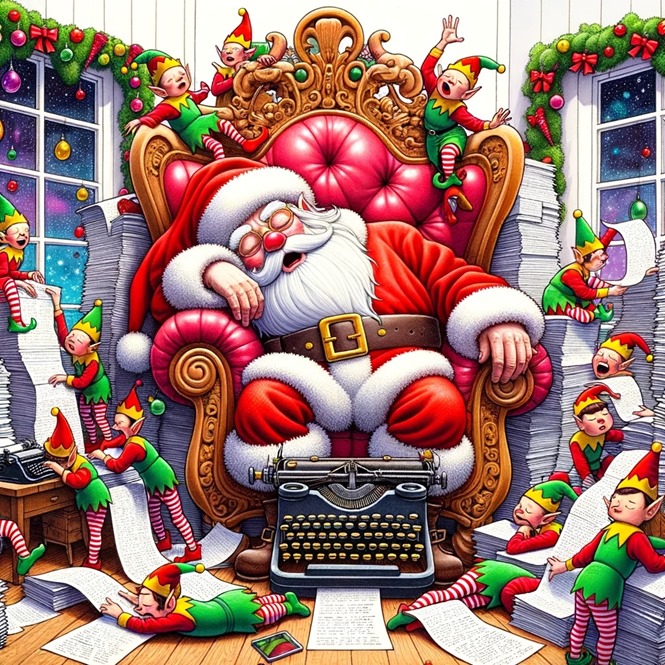
As Shakespeare probably wouldn’t have said had he lived in our time: "To generate or not to generate, is not even a question - just push the button already!" Thanks to artificial intelligence, today's writers are not burdened by the traditional curses of writer's block or fatigue. Today, they can generate an abundance of content, ad infinitum, without scratching the quill or tapping the keyboard. On one hand, this seems like an unparalleled advancement; on the other hand, it appears to catalyse a frightening dilution of quality. In this post, I will delve into the dichotomy of how AI, while enhancing good projects, might serve to undermine them simultaneously.
High Value Content vs. Content Generated En Masse
With AI-driven content creation, the gates have flung open for anyone and everyone to become a writer. This technology holds the potential to turn incoherent thoughts into coherent text and help those struck by the infamous writer's block see light at the end of the tunnel. However, while this newfound ease of content generation has its advantages, it also subtly encourages the production of low-quality work.
Previously, the spontaneous laziness or sudden creativity blocks worked as a filtering mechanism, stretching the gap between conception and creation. Under these conditions, only those truly committed to their craft could persevere. Now, with the availability of automated content generation, these barriers are being eroded, flooding the world with what some may argue, are "empty books."
The ‘Overproduction’ of Art: A Blessing and a Curse
During the era of Shakespeare, almost every person in England was capable of playing an instrument. While this mass proliferation of musical talent seems commendable, it inadvertently depreciated the value of musical skill. A similar phenomena is being witnessed today, in the domain of AI-generated art.
On the plus side, art, in various forms, is becoming increasingly accessible and available. However, the downside to this is an inevitable surge in, to put it simply, 'bad art'. The daunting deluge of graphical and textual content poses the risk of overwhelming consumers, while simultaneously making it increasingly tougher for standout pieces to receive the recognition they deserve.
Hope For Good Art and Well-Documented Software Projects
Although the clutter of mediocrity poses a distinct problem, it does not overshadow the potential AI holds for amplifying talent. It has the power to enhance creativity, streamlining the process for artists and writers to create more, faster, and better.
Moreover, the iterative nature of AI suggests that over time, AI algorithms will learn not just to create more, but also to create better. Perhaps there will come a day when software projects are flawlessly documented, and exquisite brilliance in art becomes the norm rather than the exception. Though the road seems challenging now, optimism for a future bountiful in quality content is the silver lining we can hold on to.
To quote the Bard once more, this time accurately, "There is nothing either good or bad, but thinking makes it so." This statement rings particularly true with the adoption of AI. How we receive the art it produces will ultimately depend on our perspective. And how we produce it – depends on our nature.